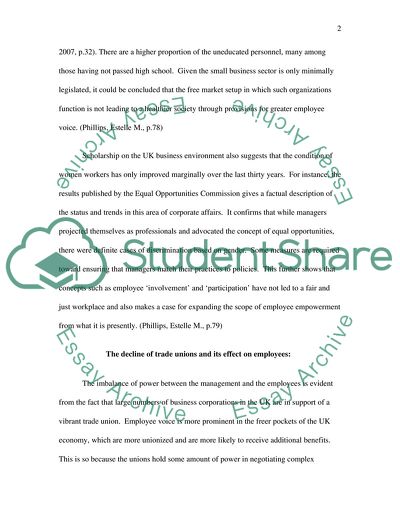Cite this document
(Employee Voice Within the Workplace and Organisations Essay, n.d.)
Employee Voice Within the Workplace and Organisations Essay. https://studentshare.org/human-resources/1733162-to-what-extent-should-there-be-employee-voice-within-the-workplace-and-organisations
Employee Voice Within the Workplace and Organisations Essay. https://studentshare.org/human-resources/1733162-to-what-extent-should-there-be-employee-voice-within-the-workplace-and-organisations
(Employee Voice Within the Workplace and Organisations Essay)
Employee Voice Within the Workplace and Organisations Essay. https://studentshare.org/human-resources/1733162-to-what-extent-should-there-be-employee-voice-within-the-workplace-and-organisations.
Employee Voice Within the Workplace and Organisations Essay. https://studentshare.org/human-resources/1733162-to-what-extent-should-there-be-employee-voice-within-the-workplace-and-organisations.
“Employee Voice Within the Workplace and Organisations Essay”. https://studentshare.org/human-resources/1733162-to-what-extent-should-there-be-employee-voice-within-the-workplace-and-organisations.


